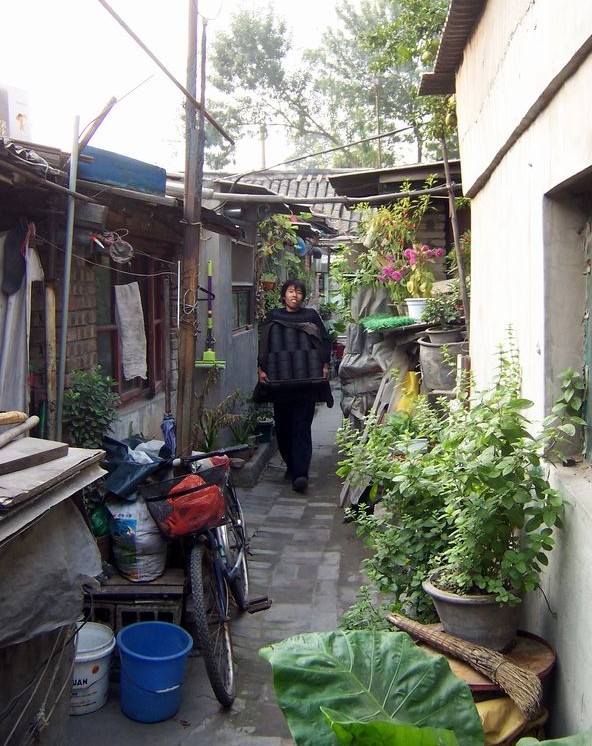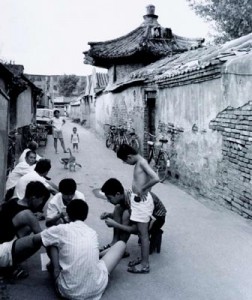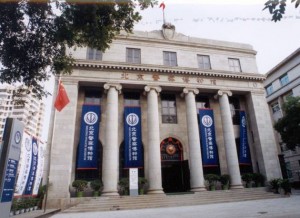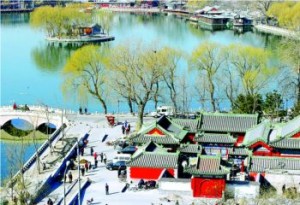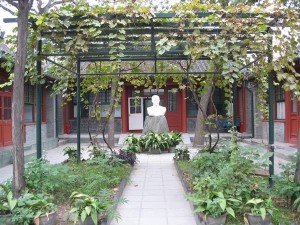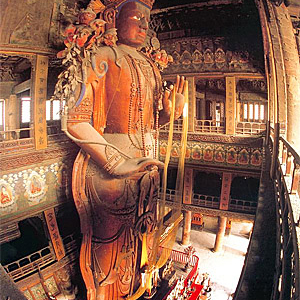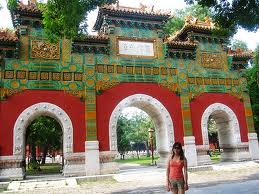Hutong Guide
1. Relation of Hutong & Siheyuan. Hutong and Siheyuan are inseparate. In one hand, Hutong refers to the alley formed by two lines of Siheyuan, the Chinese name of old Beijing residences, a kind of courtyard house. In the other hand, Hutong covers a general meaning of the neighborhood consisted by the alleys and Siheyuan buildings […]
Hutong has a double meaning. Originally, a hutong is a type of narrow alley, most commonly associated with Beijing. In Beijing, hutong alleys are formed by lines of Siheyuan, old Beijing residences, called courtyard or quad in English. Thus, hutong also refer to the neighborhood formed by lines of hutong alleys and Siheyuan houses. Hutong […]
St. Michael’s Church was built in 1901. It is a two-storey gothic structure, very distinctive amid the surrounding flat-topped buildings and famous for a statue of the saint over the gate, as well as for its colorful stained glass. The rectory lies to the north of the church, and 10 single-storey brick buildings in the […]
The Beijing Police Museum is simple in style, with a solemn gate and tall pillars. It was the place occupied by Citi Bank many years ago. It’s easy to imagine bankers, dapper in old-fashioned suits and ties, bustling around, but the serious-looking guards who now loiter near the entrance provide an unsubtle reminder that this […]
Located at the No. 77 Di’anmenwai St. of Xicheng District, the Huo Shen Temple, or The Fire God Taoist Temple is a National-Level Cultural Relics Preservation Unit. The architecture was possibly built in the Yuan Dynasty and was renovated once in 1605 (Ming Dynasty) and once 1759 (Qing Dynasty). The Beijing municipal and district governments […]
Guanghua Temple, built in the Yuan Dynasty, is a famous Buddhist temple in Beijing. It is also the location of the Beijing Buddhist Association. It is at the north bank of Houhai Lake in the scenic Shichahai. It is west to the Yindin Bridge, adjacent east to Madam Song Qingling Mansion . This splendid temple […]
Over the course of Chinese history, Beijing has been the home of many intriguing and important figures. Along with the rapid progress of Beijing’s modernization, many hutongs (back street lanes) have been rebuilt into broad roads lined with modern buildings. The former residences of some of China’s most important people, however, have been well preserved, […]
The Yonghegong Lama Temple at the northeast corner of downtown Beijing was originally used as official residence for court eunuchs of the Ming dynasty and was converted to the royal court of Prince Yongzheng during the 33rd year (1693) of Kangxi’s reign of the Qing dynasty. In the 3rd year of Yongzheng’s rein (1725), it […]
Beijing Confucius Temple is the principal site of Confucian worship during Yuan, Ming and Qing dynasties. Situated in Guozijian St., the temple was established in 1302 and reconstructed in 1411. It is the second largest temple built for Confucius, the greatest thinker and educationalist in ancient China, ranking only behind the Confucius Temple in Qufu, […]
Tranquility, relaxation and the scent of incense, this is Guozijian Street, a street combining antiquity with the avant-garde, combining Beijing’s past and present. Housing the Confucian Temple in the east and the Imperial College in the west, the street gradually took shape some 700 years ago. Guozijian Street connects to the Yonghegong Lama Temple in […]
